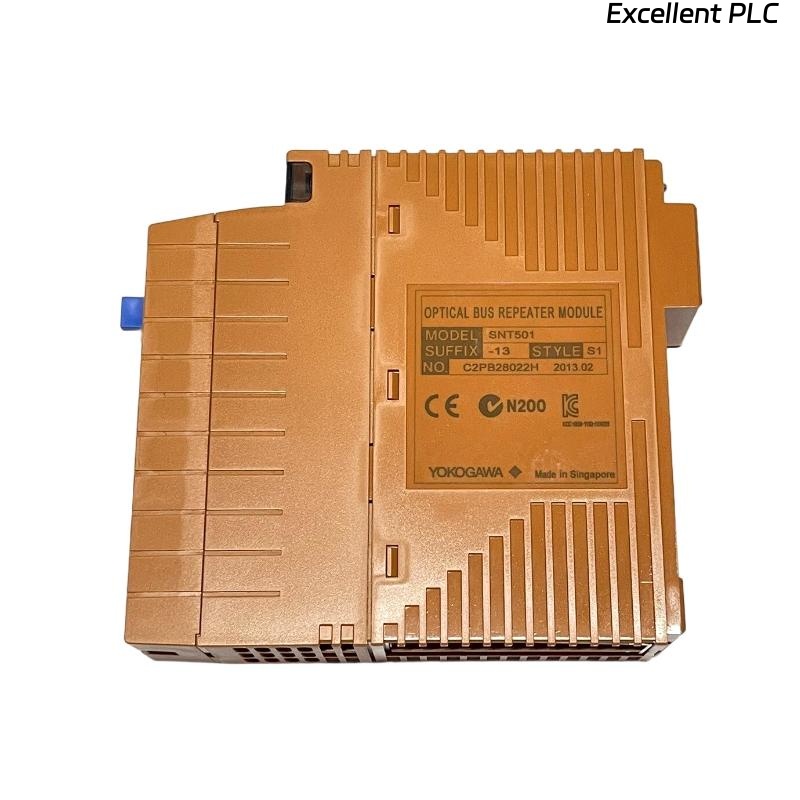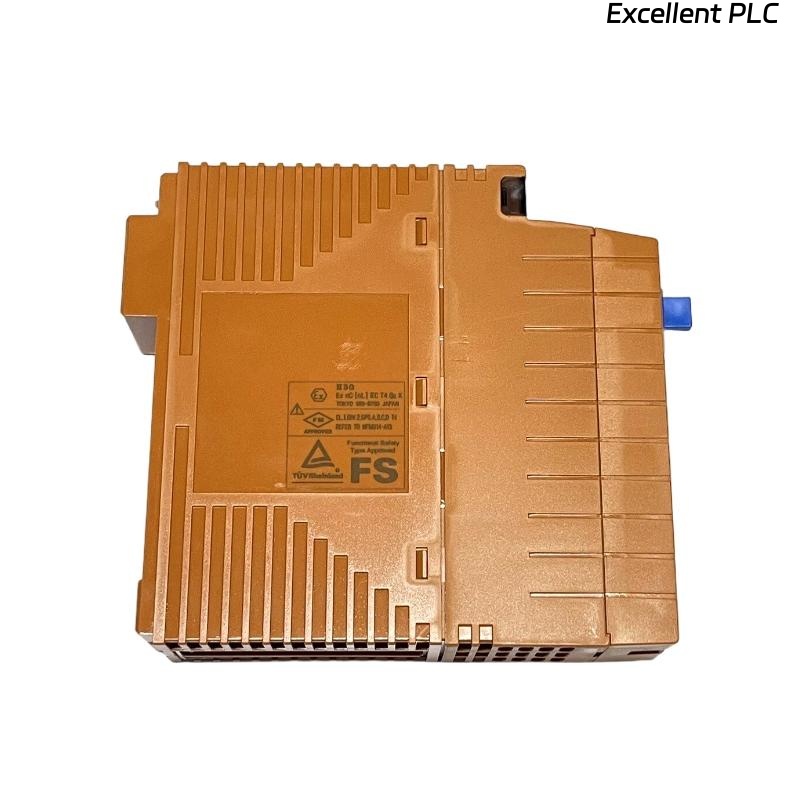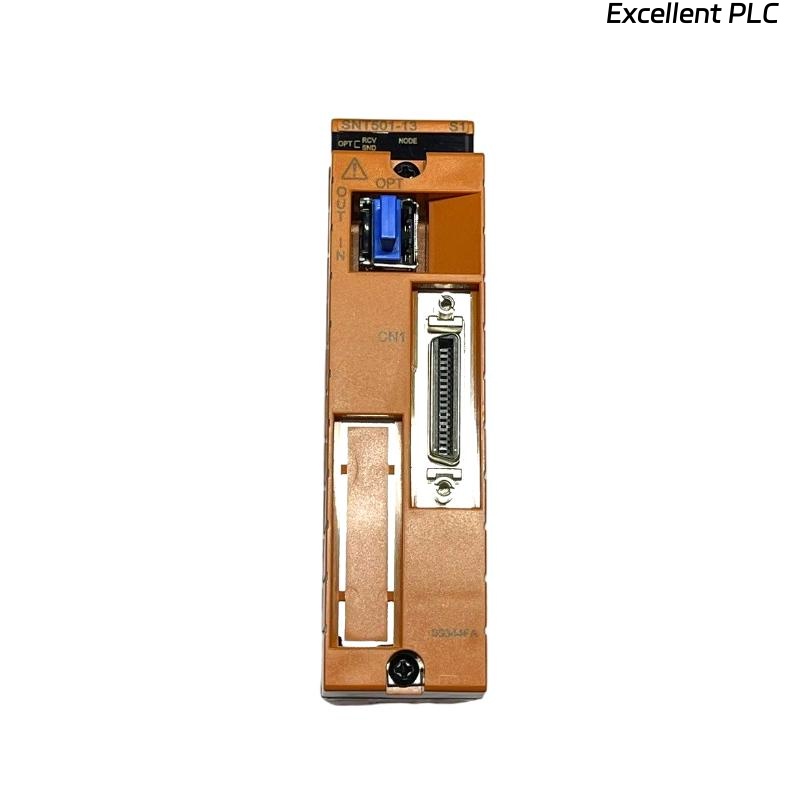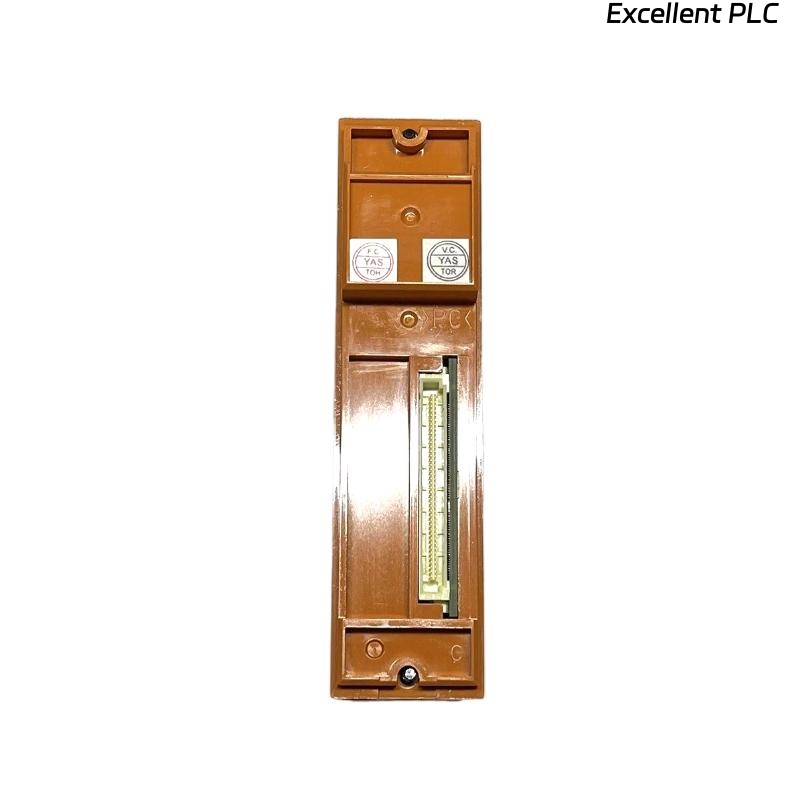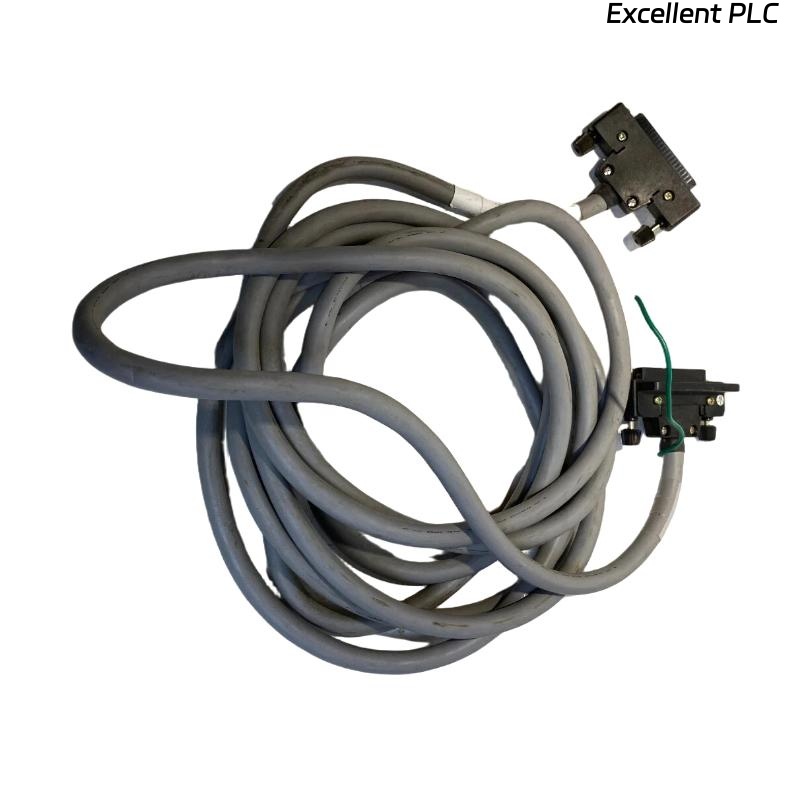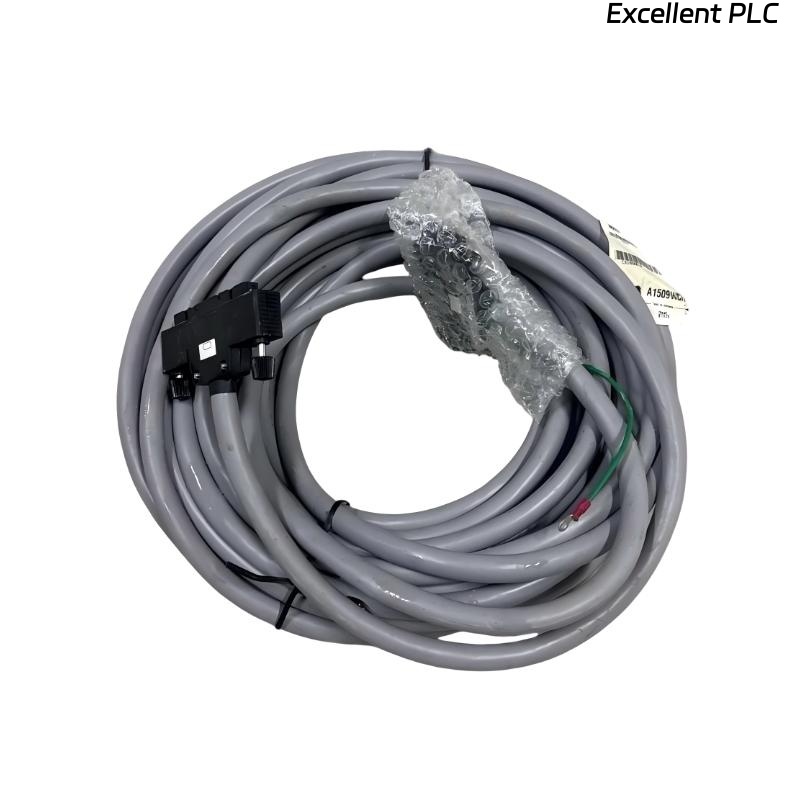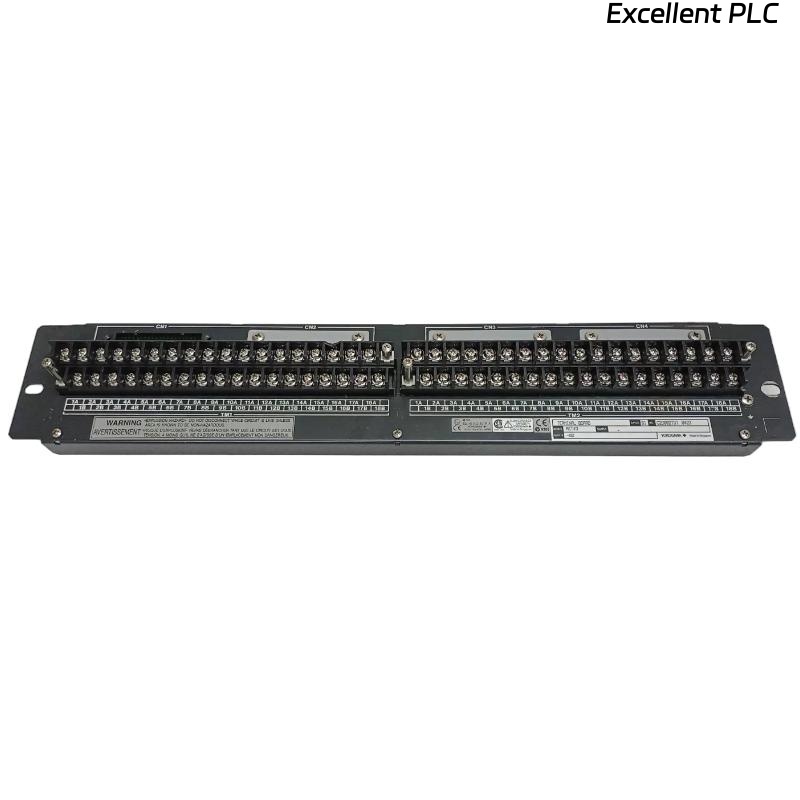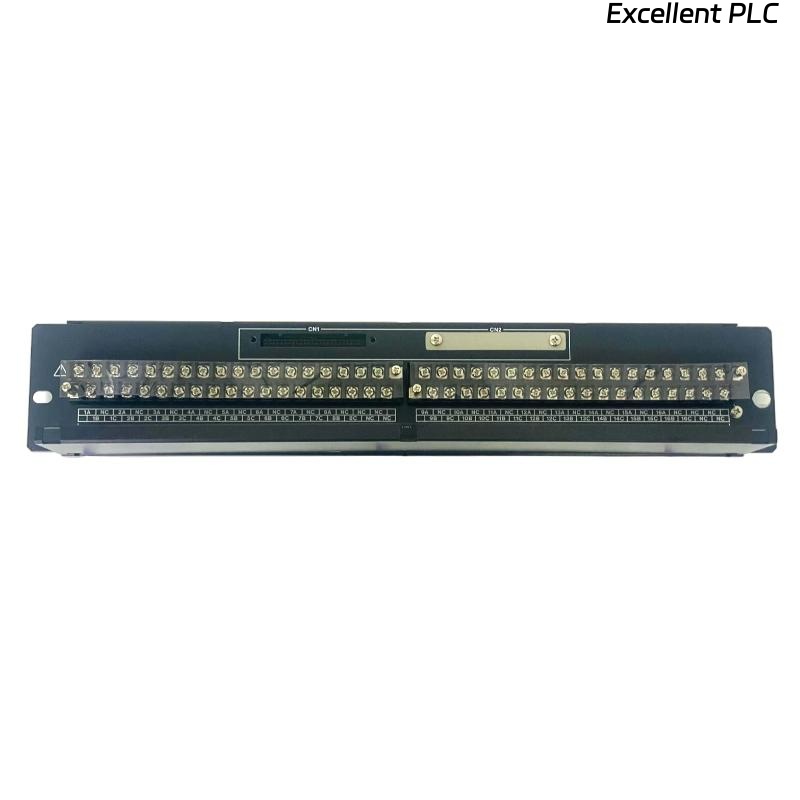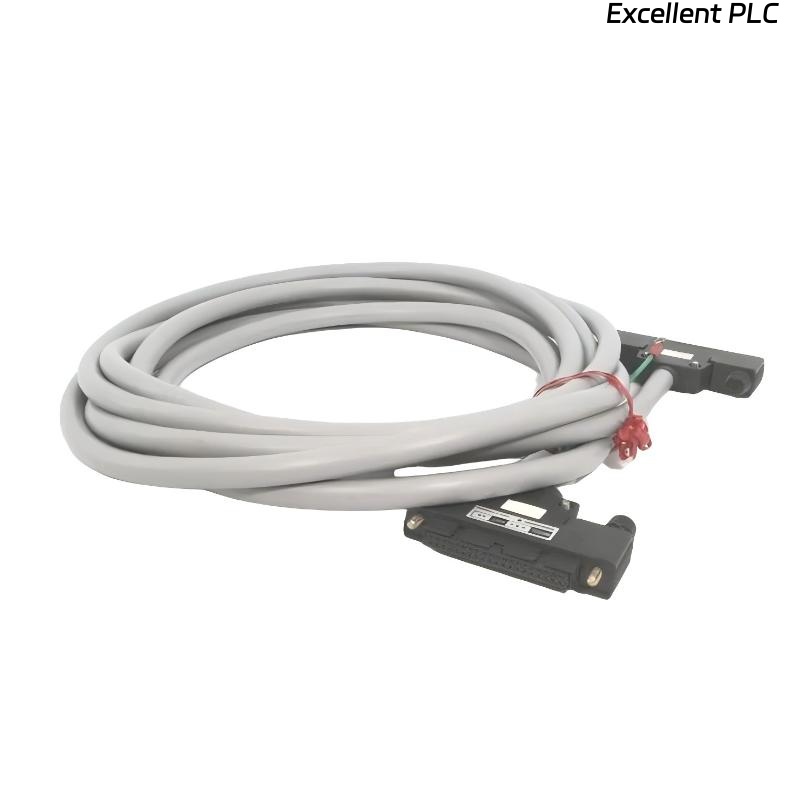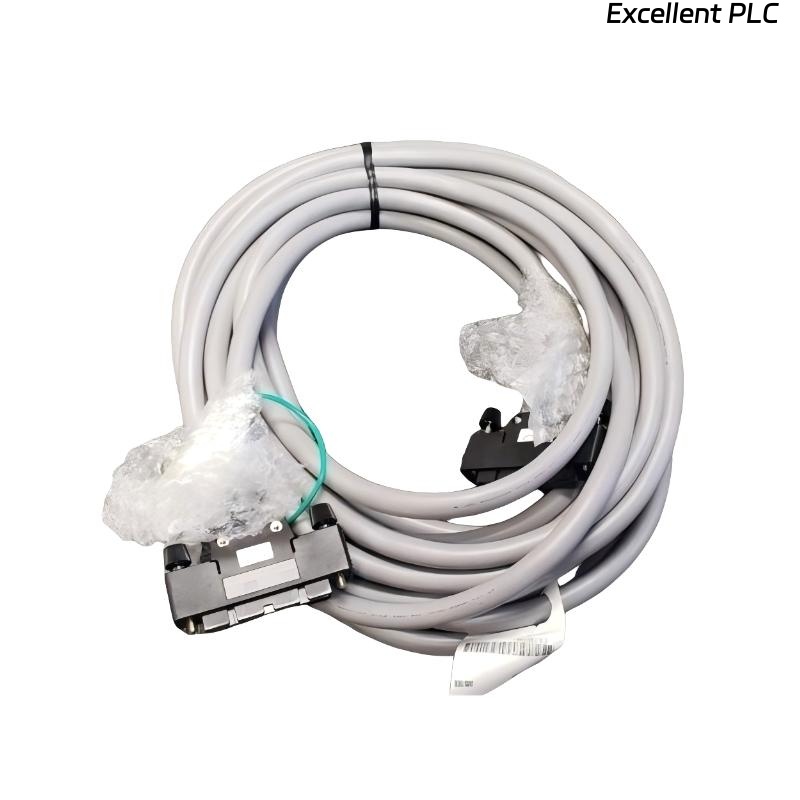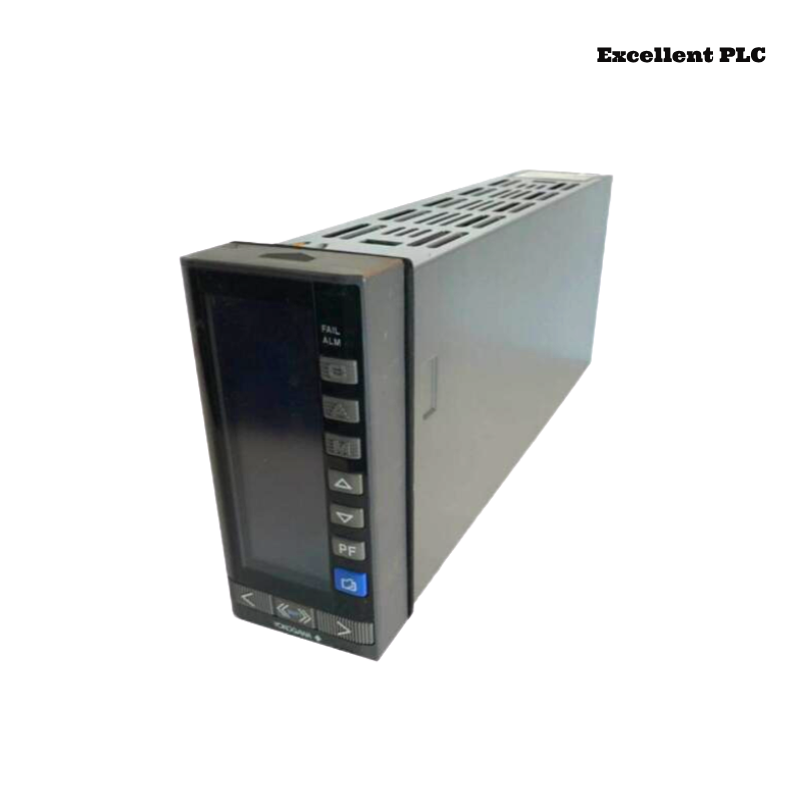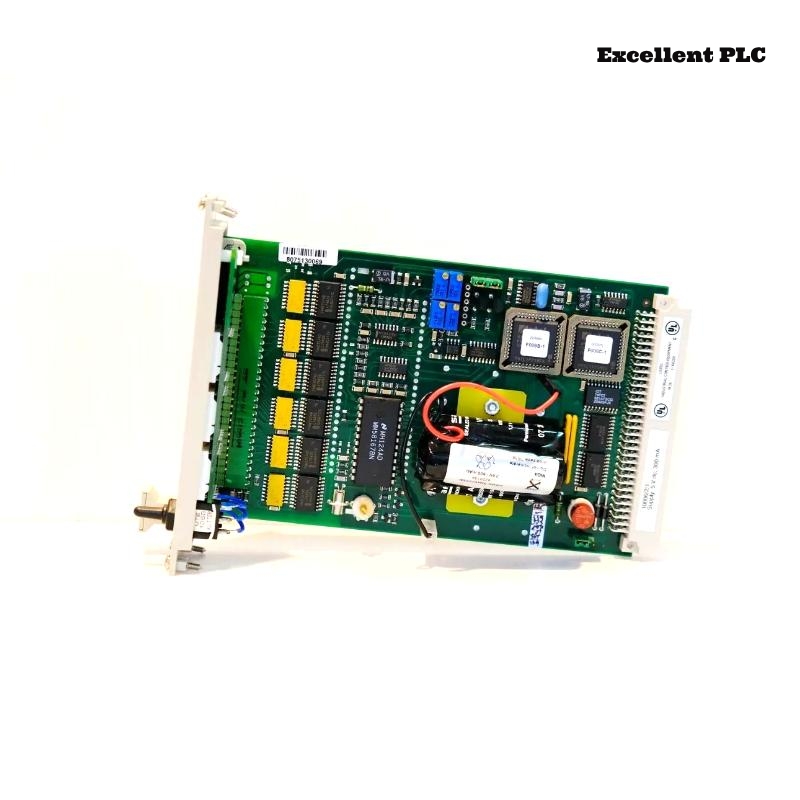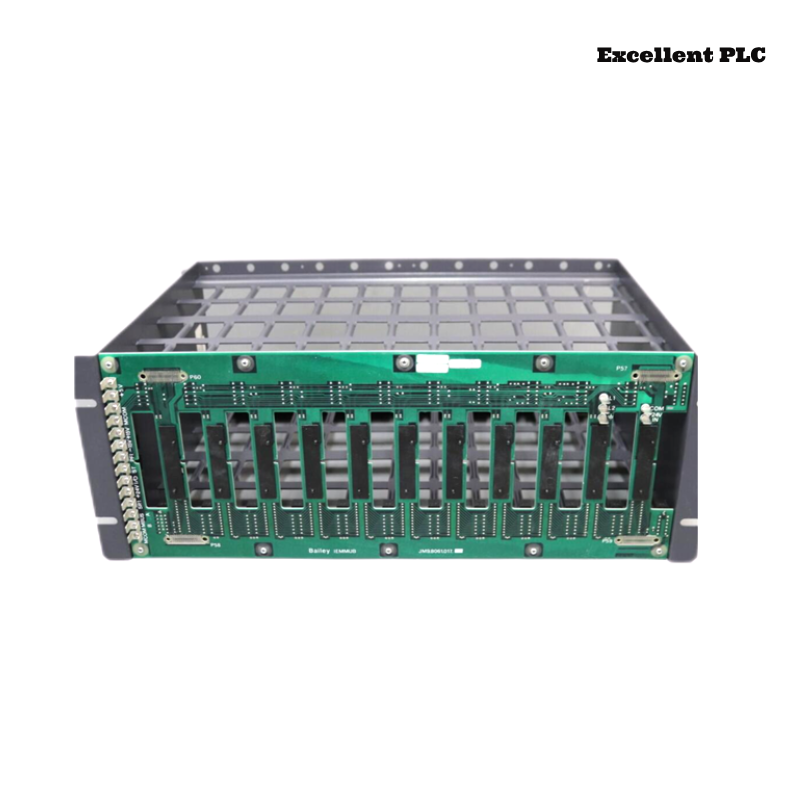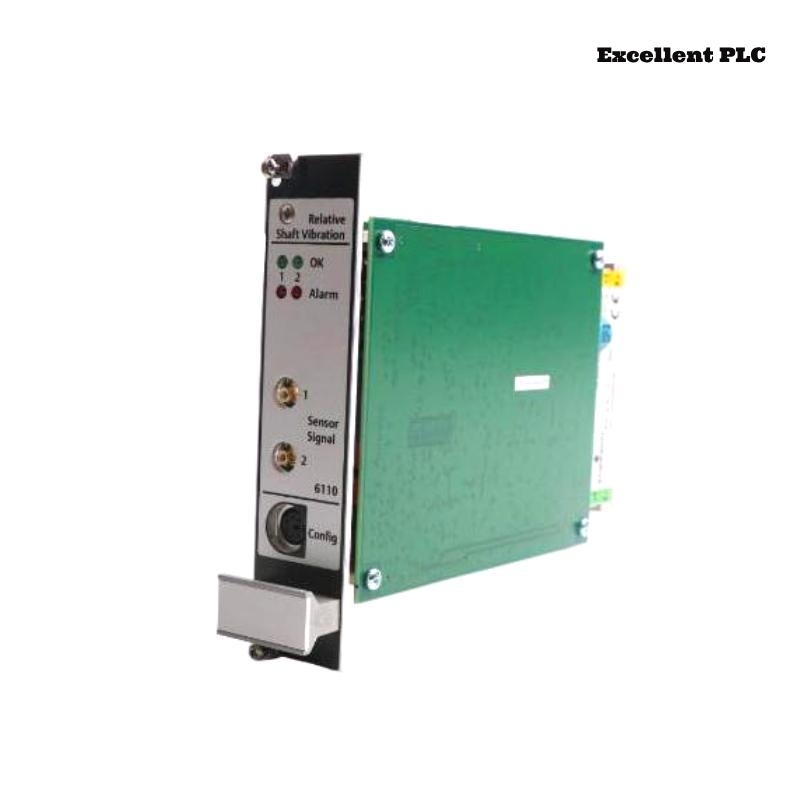| Company Information | ||||||||
| [email protected] | ||||||||
| Mobile | +8613666033393 | |||||||
| +8613666033393 | ||||||||
| 13666033393 | ||||||||
| Add | Room 1004, No. 62 Xiangxiu Li, Siming District, Xiamen City, Fujian Province, China | |||||||
Product Introduction
The Yokogawa SNT501-E3 Optical ESB Bus Repeater Slave Module is a high-performance module engineered for extending and stabilizing ESB (Embedded System Backbone) bus communication networks. As part of Yokogawa’s advanced automation platform, it functions as an optical repeater in slave configuration, ensuring that signals are regenerated, retransmitted, and delivered with reliability over extended distances.
With its optical-based communication design, the SNT501-E3 eliminates electromagnetic interference, ensuring deterministic and stable data flow essential for mission-critical industrial applications. It is purpose-built for demanding environments in oil and gas, petrochemical, energy, water treatment, and pharmaceutical industries where continuous system availability is mandatory.
Product Specifications
| Parameter | Specification |
|---|---|
| Model Number | SNT501-E3 |
| Product Type | Optical ESB Bus Repeater (Slave Module) |
| Communication Method | Optical Fiber Transmission |
| Supported Protocol | ESB Bus Protocol |
| Data Transfer Rate | Deterministic high-speed communication |
| Optical Ports | Dual optical channels (input/output) |
| Power Supply | 24 V DC |
| Power Consumption | < 12 W |
| Operating Temperature | 0°C to 55°C |
| Storage Temperature | -20°C to 70°C |
| Humidity Tolerance | 5% to 95% RH (non-condensing) |
| Shock Resistance | 15 g, 11 ms |
| Vibration Resistance | 2 g, 10–150 Hz |
| EMC Compliance | IEC/EN Standards |
| Safety Certification | CE, RoHS, TÜV |
| Dimensions | 142.5 x 130 x 32.8 mm |
| Weight | 0.3 kg |
Applications
The SNT501-E3 is widely deployed in critical industrial environments requiring reliable optical ESB bus communication:
-
Distributed Control Systems (DCS): Provides robust communication between controllers, I/O modules, and operator workstations.
-
Power Generation: Extends optical signal transmission across turbines, substations, and generator systems.
-
Oil & Gas Industry: Ensures secure and fault-tolerant data transfer in upstream, midstream, and downstream operations.
-
Petrochemical Plants: Facilitates uninterrupted process automation under high-EMI industrial conditions.
-
Pharmaceutical Manufacturing: Supports precise monitoring and compliance in regulated environments.
-
Water Treatment & Utilities: Extends backbone communication for monitoring and process optimization.
Advantages
-
Optical Reliability: Fiber-optic design ensures noise-free, high-speed communication.
-
Long-Distance Capability: Extends ESB bus reach without loss of data integrity.
-
Redundancy Ready: Dual optical channels enable fault-tolerant configurations.
-
Hot-Swappable: Module replacement is possible without system downtime.
-
Deterministic Communication: Guarantees real-time, predictable data transfer.
-
Compact Design: Slim form factor allows efficient rack utilization.
-
Durable Performance: Engineered for harsh environmental and industrial conditions.
-
Certified Compliance: Meets global EMC, safety, and environmental standards.
FAQ
-
What is the primary role of the SNT501-E3 in an ESB bus network?
It regenerates and retransmits optical signals in slave mode to extend communication coverage. -
Which communication protocol does the module support?
It is designed for Yokogawa’s ESB bus protocol. -
Does the SNT501-E3 support redundant operation?
Yes, its dual optical ports enable redundancy to ensure fault-tolerant communication. -
What type of medium does the SNT501-E3 use for data transmission?
It uses optical fiber, ensuring high-speed and interference-free communication. -
Can the module be replaced during live operation?
Yes, it is hot-swappable, allowing replacement without shutting down the system. -
How does the SNT501-E3 ensure communication reliability?
By regenerating signals and using optical transmission, it prevents data loss and interference. -
What power input does the module require?
It operates on a 24 V DC supply. -
Is the module compatible with Yokogawa CENTUM VP systems?
Yes, it is fully compatible with Yokogawa’s CENTUM VP and related platforms. -
What diagnostic tools are available on the module?
It includes onboard status LEDs and communication integrity monitoring functions. -
How does the SNT501-E3 handle electromagnetic interference?
Its optical-based design makes it inherently immune to EMI, ensuring reliable performance.
Related Models (Same Series or Related)
| Model Number | Type | Key Feature |
|---|---|---|
| SNT501-E1 | Optical ESB Bus Repeater Slave | Standard slave unit for short-distance use |
| SNT501-E2 | Optical Repeater Module | Enhanced EMI shielding |
| SNT501-E4 | ESB Optical Slave Module | Supports extended communication coverage |
| SNT501-E5 | ESB Repeater | Redundancy-ready slave configuration |
| SNT511-5F | Optical ESB Repeater Slave Module | High-reliability design for harsh conditions |
| SNT521-53 | Optical ESB Repeater Slave Module | Advanced optical performance with redundancy |
Popular Models (Same Brand)
| Model Number | Type | Key Feature |
|---|---|---|
| CP451-10 | Controller Module | High-performance CPU for Yokogawa DCS |
| FIO110 | Field I/O Module | Flexible I/O expansion for process control |
| PW482-10 | Power Supply Module | Reliable DC power supply for control systems |
| AIP827-10 | Analog Input Module | High-accuracy analog signal processing |
| ALR121 | Alarm Module | Event and alarm management for operators |
| SAI143-H50 | Safety Analog Input Module | SIL-certified for critical safety applications |
 Excellent PLC
Excellent PLC


